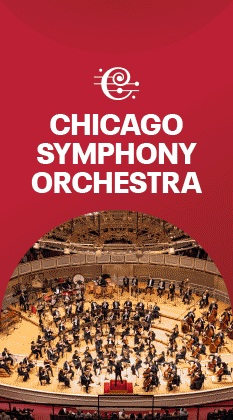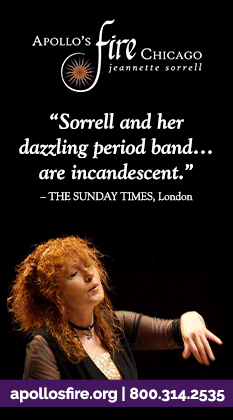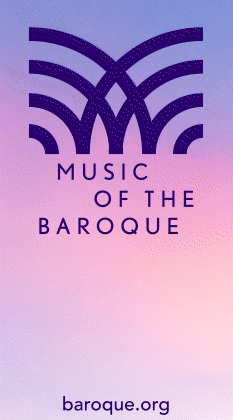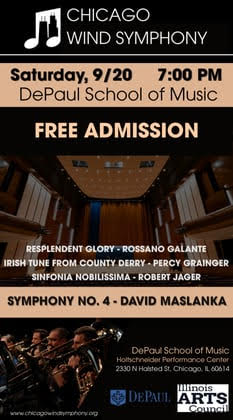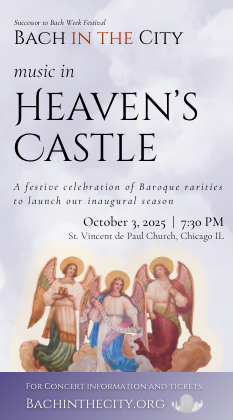Lyric Opera’s “Ring” to emphasize the story-telling and theatricality of Wagner’s tetralogy
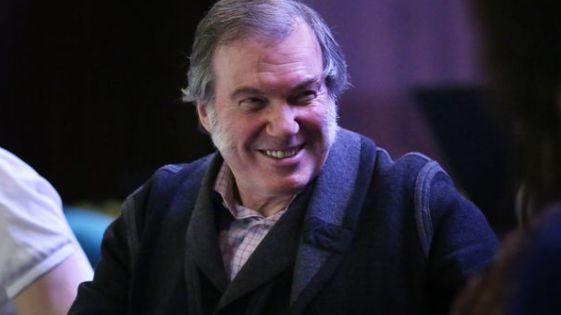
There will be no ladies in horned helmets.
Nor will there be high-maintenance stage machinery like the 24 periodically balky planks that upstaged—and sometimes upended—the singers in the Metropolitan Opera’s most recent, $16 million production of Wagner’s The Ring of the Nibelung.
According to stage director David Pountney and his creative team, Lyric Opera’s new production of Wagner’s four-opera epic, to be unveiled one opera per year beginning in the 2016-17 season, will embrace the virtues of old-fashioned storytelling.
“We want the audience to sit down and enjoy a wonderful story,” Pountney said during an informal session with critics Tuesday in a Civic Opera House rehearsal room. “We’re focusing on the naïve element of ‘Once upon a time three girls were frolicking in their watery playground…’ There will be no fancy machinery, no high-tech this and that.
“My first image as I thought about this production,” said Pountney, “was a person walking out onto an empty stage. He takes off his hat, and out of the hat comes the River Rhine. After the final opera, he comes back onto the empty stage and the Rhine River disappears.” That precise image may not turn up in final plans for Lyric’s Ring, he said, but the audience will always feel a sense of watching a story unfold in an onstage theater.
“The primary image is an act of theatrical narration. You’ll be able to see that. We will have a scenic evocation of a theater.”
“If something needs to be flying,” added choreographer Denni Sayers, “you’ll see the person holding the apparatus.”
Wagner wrote The Ring over a period of nearly 25 years, and his musical style and dramatic focus changed over those years, said Pountney. The director sees elements of a fast-paced action cartoon in the first opera, Das Rheingold, and the intense domestic turmoil of Die Walkure reminds him of an Ibsen play. Siegfried, which Pountney calls “the scherzo in this dramatic symphony,” offers a child’s view of the world, and the cycle concludes with the grandly operatic angst of Gotterdammerung. Sets, costumes, lighting and stage action will highlight the differences in each opera’s atmosphere.
Pountney and Sayers, along with associate director Rob Kearley, costume designer Marie-Jeanne Lecca and model maker Matthew Rees were in Chicago for several days to go over plans for The Ring with Lyric staff. Though excited by their work so far, they were still reeling from the sudden death last month of one of their colleagues, the respected South African-born set designer Johan Engels. Engels, who worked closely over the years with Pountney and with Lyric’s General Director Anthony Freud, died of a heart attack at age 62.
Engels completed the set designs for Lyric’s Ring before his death, and Rees created three-dimensional models of his designs for all four operas for this week’s meetings at Lyric.
Pountney praised Engels’ very complete, intricately detailed designs but acknowledged that more work needs to be done over the next five years. After presenting one opera per year, Lyric wraps up its new production in 2020 with three week-long cycles of all four Ring operas.
“We can’t go five years in a project without a set designer,” said Pountney. “The theater and I need someone who can take control. What we’re really keen to do is to preserve Johan’s ideas, but it’s not in his service to preserve the designs like something set in aspic.”
Staging and set designs change as a project, especially such a monumental undertaking as The Ring, develops and rehearsals and performances begin, “Johan was always good at responding to the element of change,” said Kearley. “After you see Rheingold, for example, you might want to re-think the lighting scheme for Act II of Walkure.”
Engels’ funeral was November 26, and Pountney and his team are not yet ready to think about how to replace him.
But clearly they have not lost their zest for approaching The Ring as a spellbinding yarn about fascinating individuals. “You want to tell a brilliant story in the most brilliant way possible,” said Pountney.
“It’s like watching House of Cards,” said Sayers, referring to the Netflix TV series about greed, lust and corruption in modern-day Washington. “You want to know how it’s going to work out. You want to watch the boxed set.”
Posted in Uncategorized
